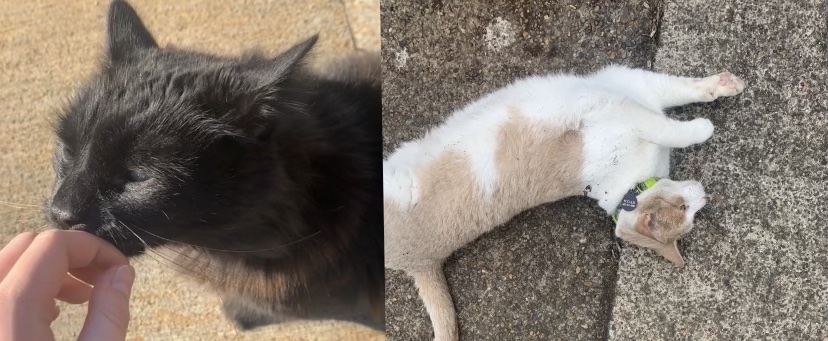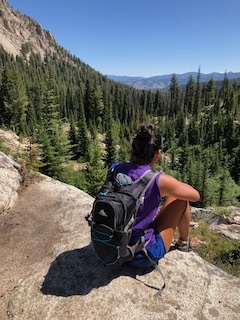Week four is almost over and my time in Cannon Beach is really ramping up! My project is centered around reviewing the current virtual field trip program at Haystack Rock Awareness Program (HRAP) and then conducting a literature review to make recommendations for how the program can be improved going forward. I personally really love this project because I think that it’s a great way to involve kids that might not have a way to be able to come to the beach or get to see tide pools.
I have spent the last couple of weeks doing lots of research about both environmental education and field trips. More specifically, virtual field trips. This has been really interesting because it’s a very new field so there isn’t tons of research that has been done and there are still lots of gaps in the field. However, it’s really interesting to see how many different perspectives there are for something as seemingly simple as field trips and how many different considerations there are in where schools go and how they impact student learning.
Because so much of my work is research and recommendation based, it means that I spend most of my time on a laptop looking up research or writing out my report. This week I’ve also been reaching out to some teachers to see what obstacles they face in engaging with online learning resources and how I might be able to overcome them.
Since so much of work is done on a computer, I have a really hard time focusing for the entire day and my favorite way to take a break is to get outside! I personally love going down to the beach and getting to talk to everyone that’s visiting. It always pushes me to learn more about all the plants and animals we have down at the beach and I love getting to answer questions and explain things that they might not have known before. It’s a great way to get outside, especially when the weather’s nice and it’s always a welcome break from staring at a screen. I am definitely lucky that I get to be fully in-person for the summer and I really try to take advantage of that by getting involved in as many things as possible and really getting to know the area. For example, today I started my day by spending a couple hours down at the beach where I saw a molting barnacle which was definitely a fun sight and then attended a board meeting for a partner organization of HRAP where I gave a brief introduction of what I’m working on for the summer and how it will benefit the conservation efforts at Haystack Rock. Over the next couple of weeks I hope to continue to do my research as well as get to talk to some teachers about what they would like to see from a virtual format.














